From Nigeria to New York: Post-Imperial’s fine prints pack a vibrant punch

There’s often a good deal of chatter in style circles about ‘ethnic-inspired details’, but few designers can actually claim a personal connection with the crafts they advocate. Niyi Okuboyejo, however, is able to assert such a claim. Born in Nigeria, he emigrated to the US aged 14 and after some trying spells in his formative years, realised his true calling lay in design. It was his homeland that was the catalyst for his brand, Post-Imperial.
Okuboyejo works closely with master dyers of the Yoruba of southwestern Nigeria, who developed the art of Adire dyeing centuries ago. The resist-dyeing technique involves hand-painting a design in cassava starch or wax onto fabric, which is then dipped in dye and washed in hot water to fix it, producing vivid cloths with singular, emblematic prints.
They’re unmistakably a product of a land famed for its inventive use of colour and pattern. ‘Traditionally, Adire was used for special occasions in a cultural context,’ he explains. ‘Each motif has a meaning and significance, which allows the artist to tell a story within the garment.’
While he likes to have a creative input at every stage, Okuboyejo has learnt that letting things happen organically has its merits, too. ‘With our circle-print tie, the dyer was supposed to make small polka dots, but he did random big circles instead,’ he says. ‘I was so annoyed, then I caught sight of myself in the mirror with the fabric hanging over my shoulder – then it hit me that this mistake was better than my original idea.’
After dyeing, the fabrics are shipped to the New York workshop, where they’re sewn into ties, shirts and trousers. The process is symbolic of Okuboyejo’s own transatlantic journey and the brand reflects this cultural amalgam, combining the wearability of stateside apparel with an exotic je ne sais quoi.
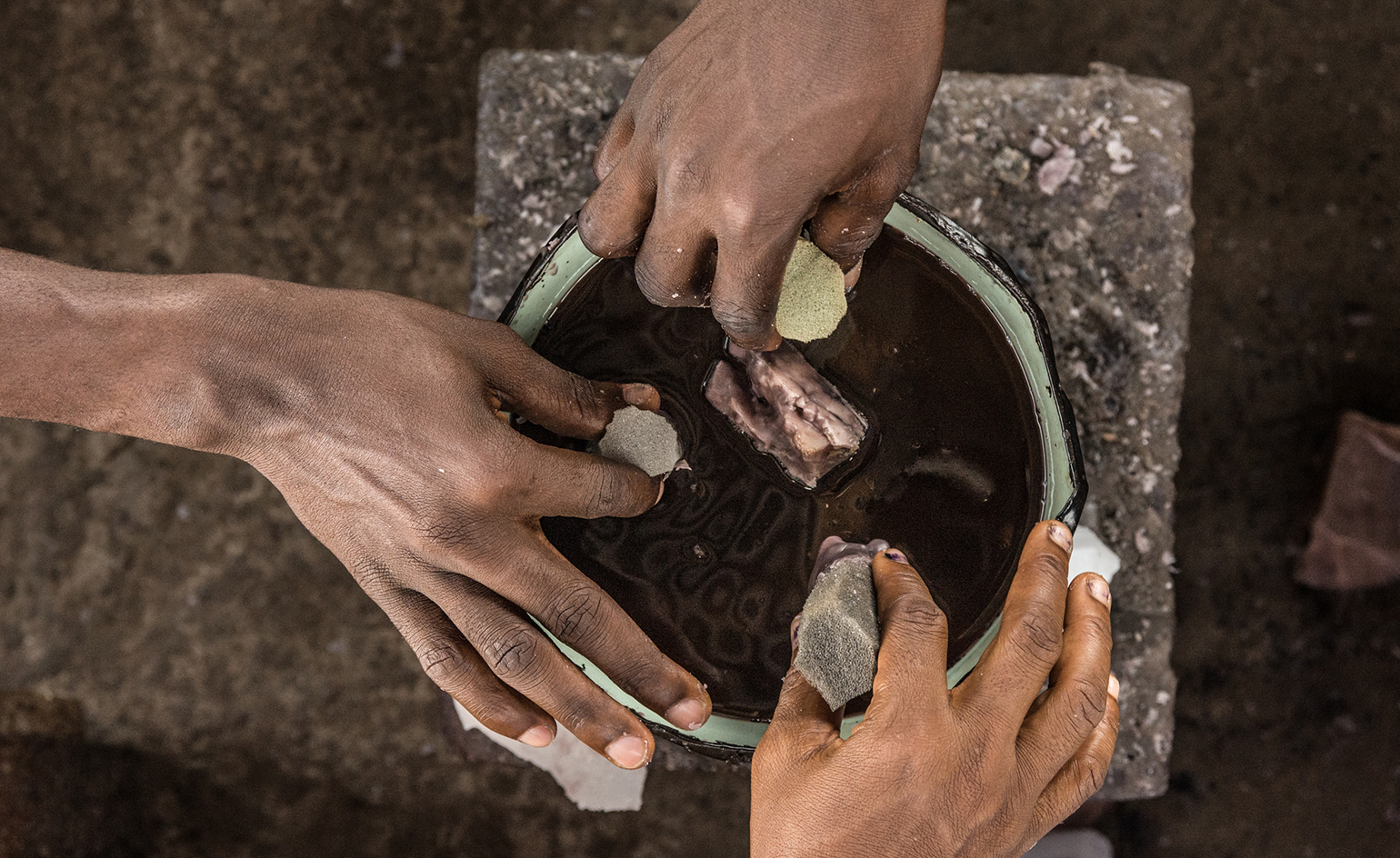
Okuboyejo works closely with master dyers of the Yoruba of southwestern Nigeria, who developed the art of Adire dyeing centuries ago
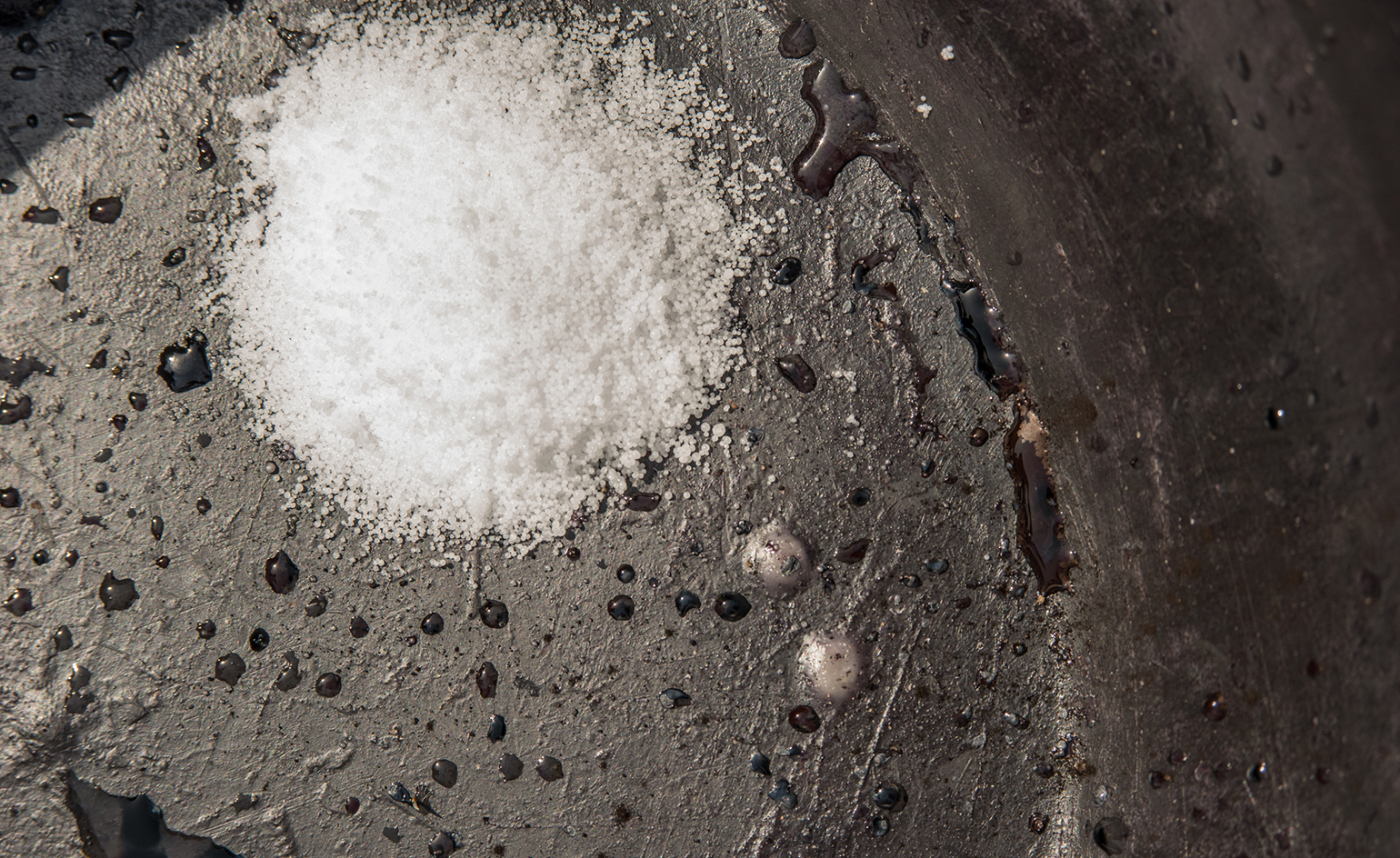
The technique involves hand-painting a design in cassava starch or wax onto fabric, which is then dipped in dye and washed in hot water to fix it
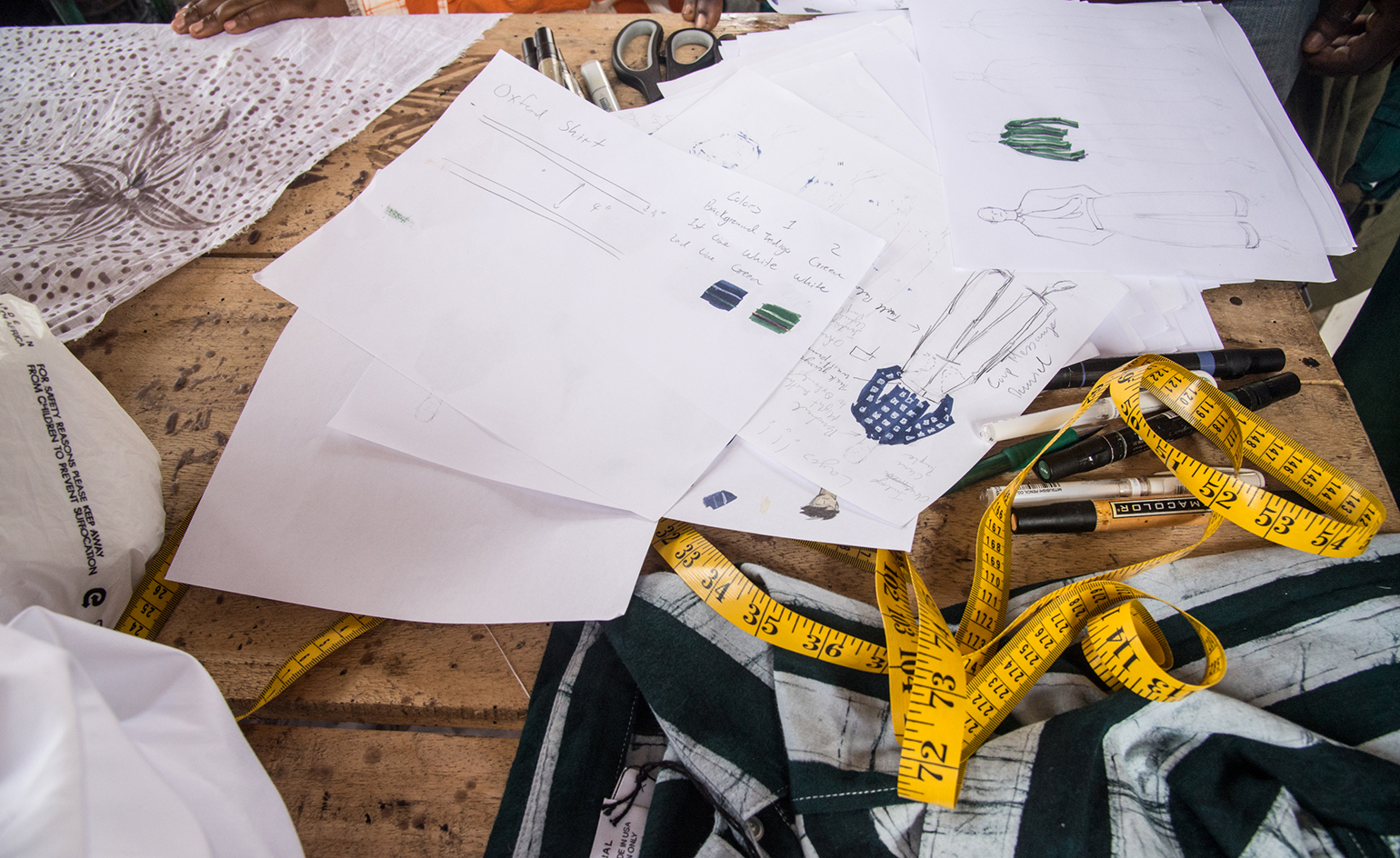
After dyeing, the fabrics are shipped to the New York workshop, where they’re sewn into ties, shirts and trousers
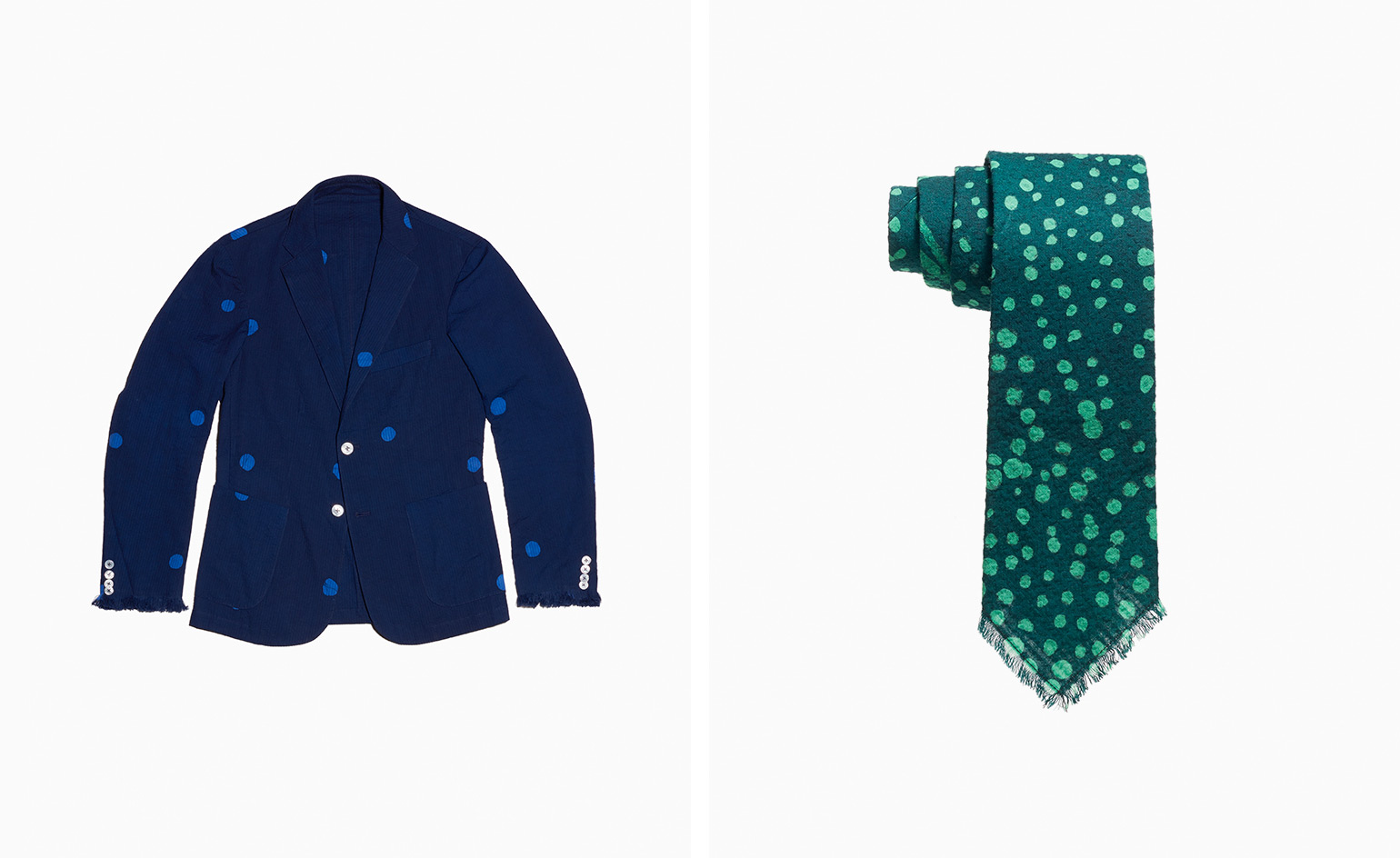
Left, standard sport jacket. Right, circle-print tie

Left, Lagos shirt. Right, ‘Green lime’ fabric square
INFORMATION
For more information, visit the Post-Imperial website
Receive our daily digest of inspiration, escapism and design stories from around the world direct to your inbox.
-
 A day in Ahmedabad – tour the Indian city’s captivating architecture
A day in Ahmedabad – tour the Indian city’s captivating architectureIndia’s Ahmedabad has a thriving architecture scene and a rich legacy; architect, writer and photographer Nipun Prabhakar shares his tips for the perfect tour
-
 You can now stay in one of Geoffrey Bawa’s most iconic urban designs
You can now stay in one of Geoffrey Bawa’s most iconic urban designsOnly true Bawa fans know about this intimate building, and it’s just opened as Colombo’s latest boutique hotel
-
 Pentagram’s identity for eVTOL brand Vertical Aerospace gives its future added lift
Pentagram’s identity for eVTOL brand Vertical Aerospace gives its future added liftAs Vertical Aerospace reveals Valo, a new air taxi for a faster, zero-emission future, the brand has turned to Pentagram to help shape its image for future customers
-
 Byborre launches Textiles, its first-ever line of ready-to-order fabrics
Byborre launches Textiles, its first-ever line of ready-to-order fabricsAmsterdam-based Byborre launches new ready-to-order scheme that allows creators easy access to the textile studio and fashion label’s sustainably-minded knitwear designs
-
 Textile innovator Byborre empowers creators to cut waste
Textile innovator Byborre empowers creators to cut waste‘We developed a new process that allows creators to innovate,’ says Borre Akkersdijk, co-founder of Dutch textile innovation studio and clothing label Byborre
-
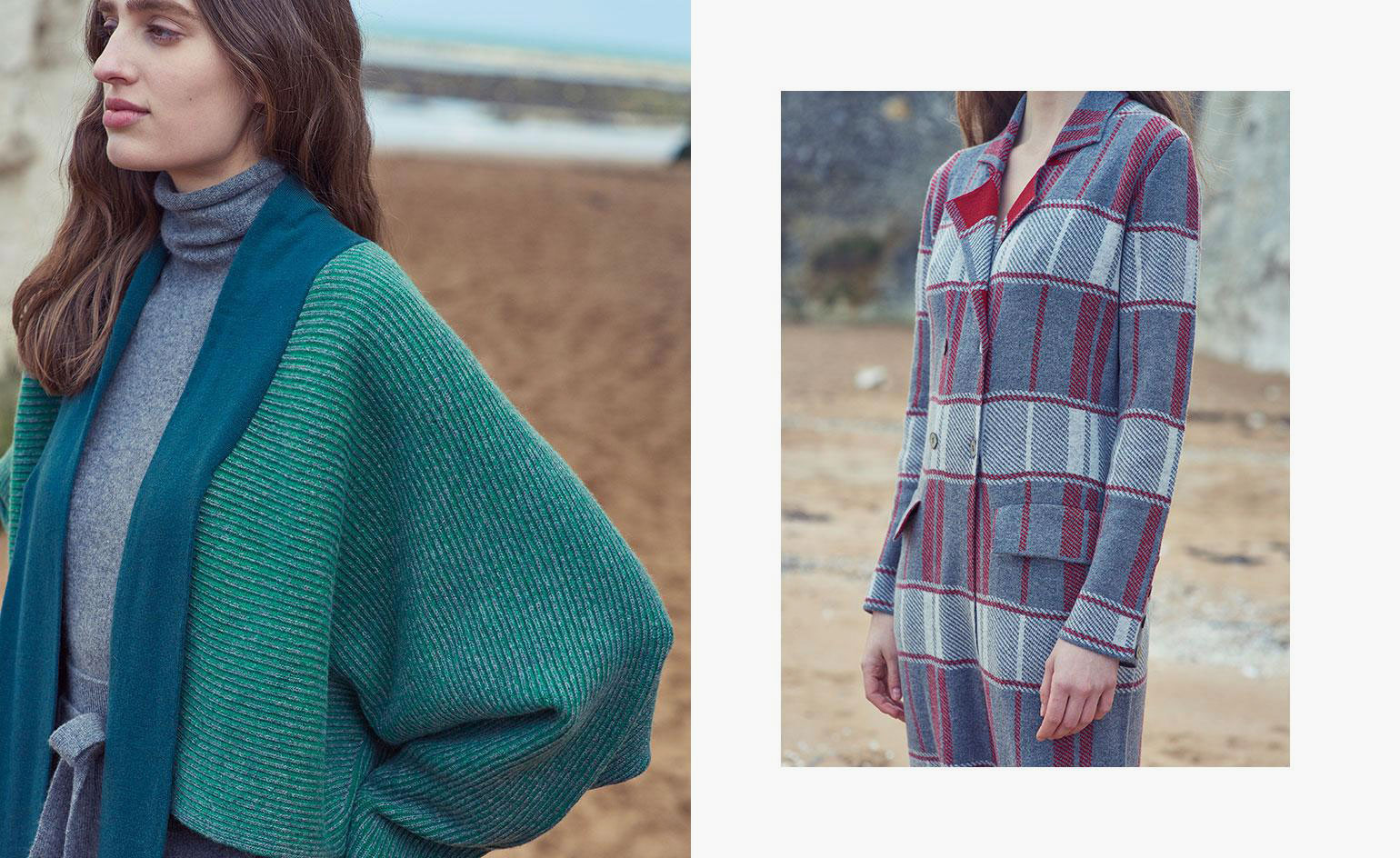 Meet the ethical cashmere brand supporting Mongolian communities
Meet the ethical cashmere brand supporting Mongolian communities -
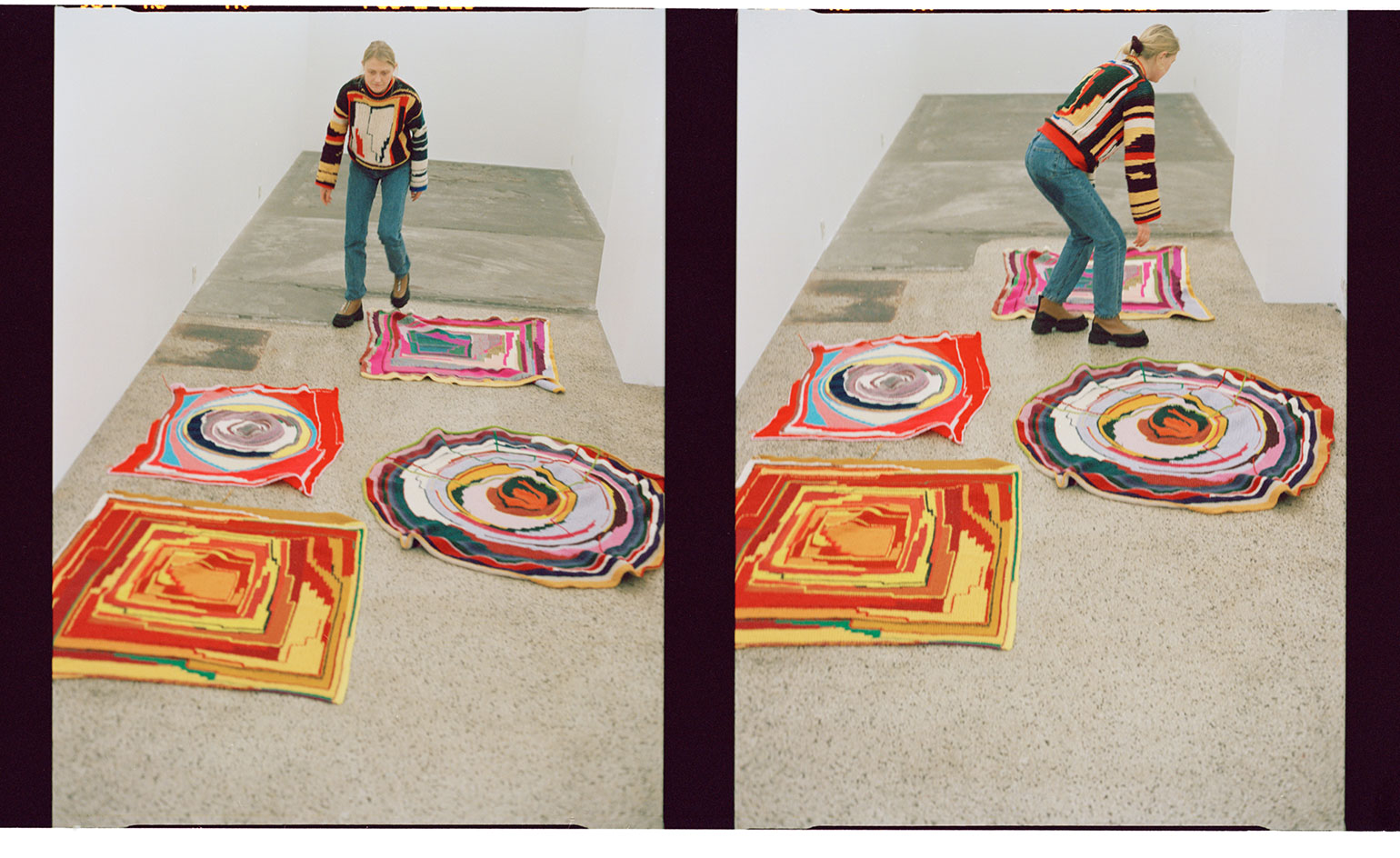 The Danish chef-turned-crochet designer you need to know now
The Danish chef-turned-crochet designer you need to know nowAs Copenhagen Fashion Week kicks off online for A/W 2021, we celebrate the work of crochet designer Lulu Kaalund, who has created pieces for Ganni and Soulland
-
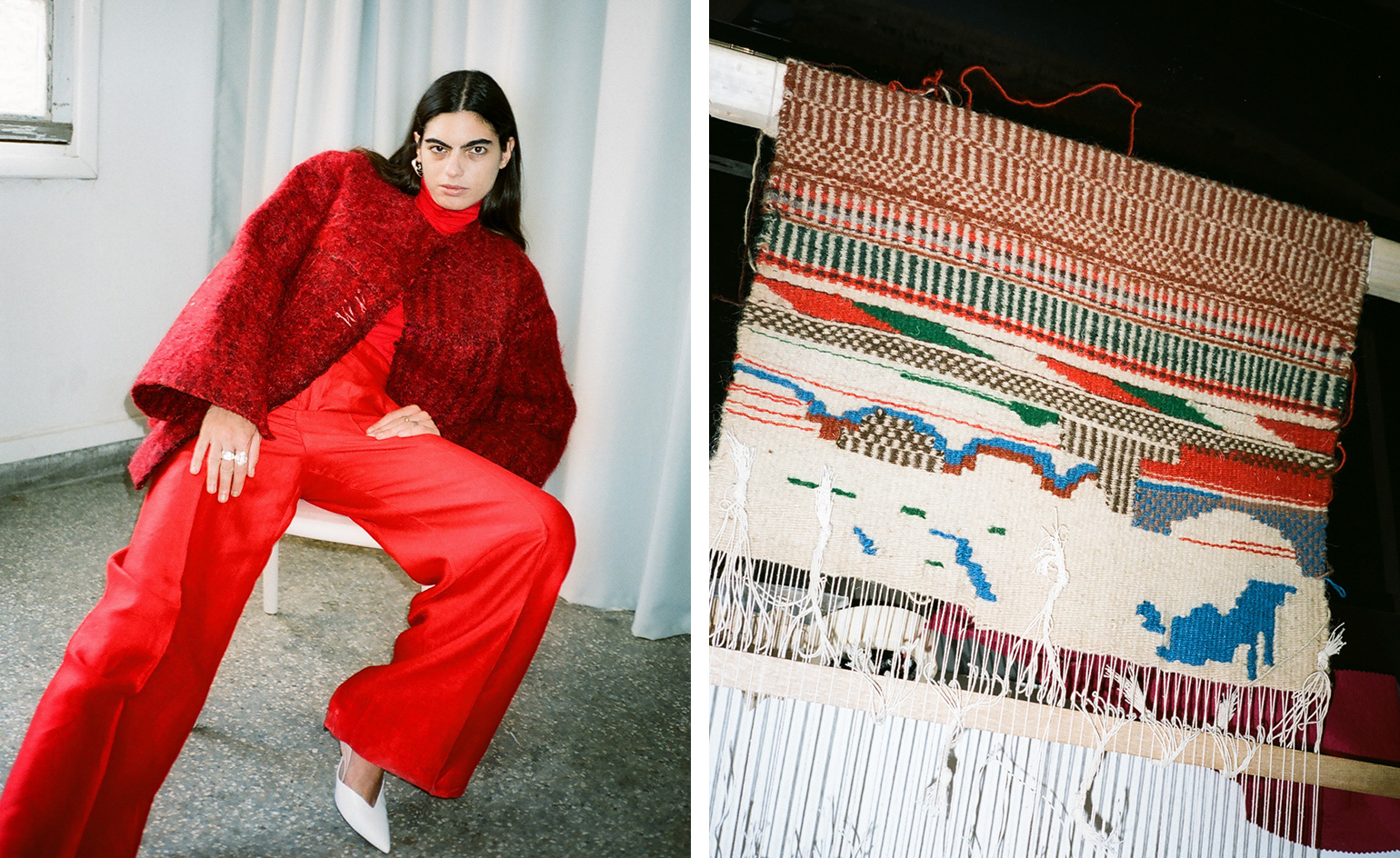 The Greek brand making sculptural coats out of repurposed handmade blankets
The Greek brand making sculptural coats out of repurposed handmade blanketsUnsung Weavers makes outerwear out of homeware, and pays tribute to the anonymous craftspeople behind it in the process
-
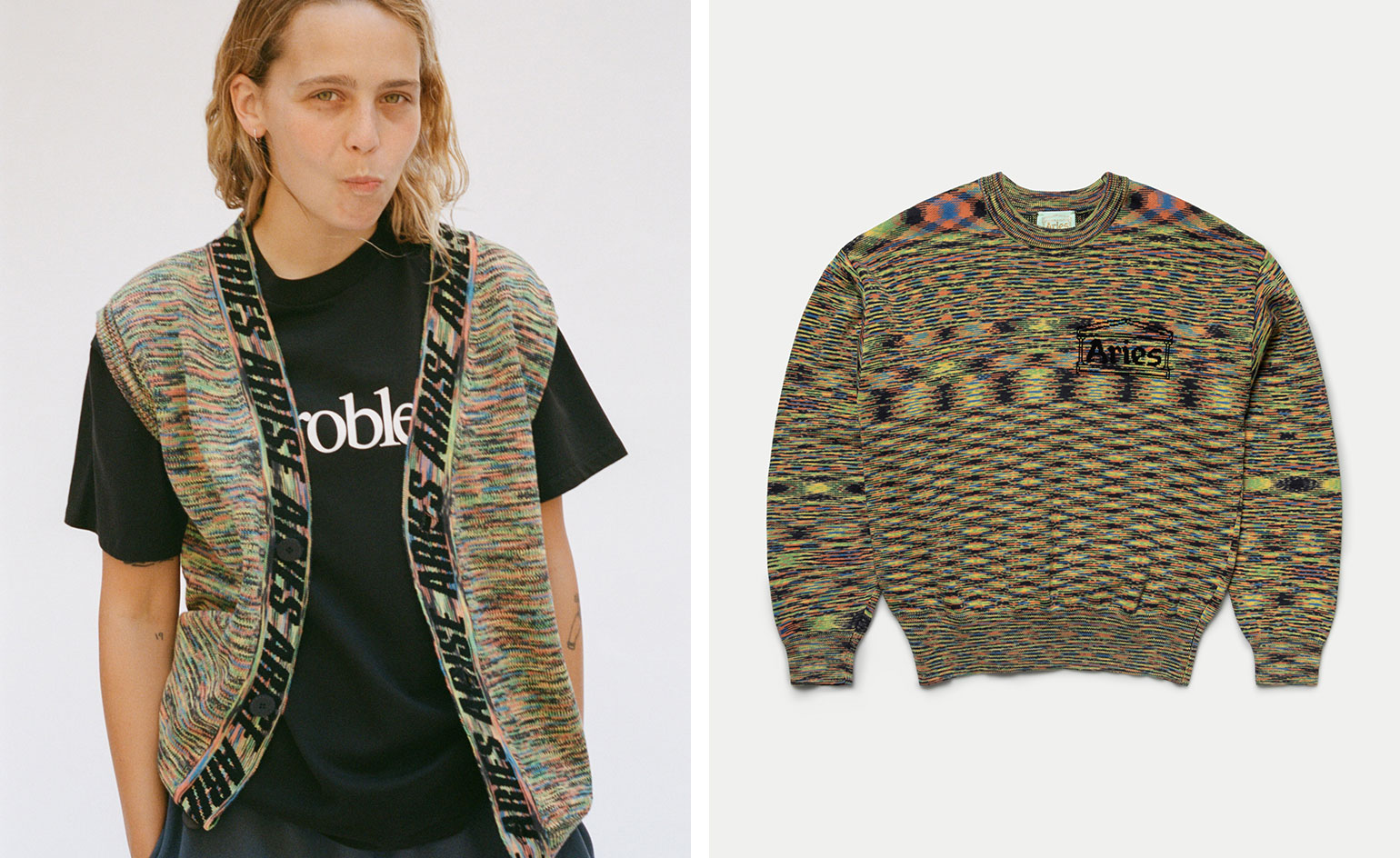 The luxury loungewear sets for easing into 2021
The luxury loungewear sets for easing into 2021Getting cosy in folds of fabric will boost your serotonin levels. Here, we present the loungewear for luxuriating in during downtime, from brands including Skin, Studio Nicholson, Maggie Marilyn, Raey and Ven Store
-
 Take it slow: LA trainer brand No One on setting its own pace
Take it slow: LA trainer brand No One on setting its own pace -
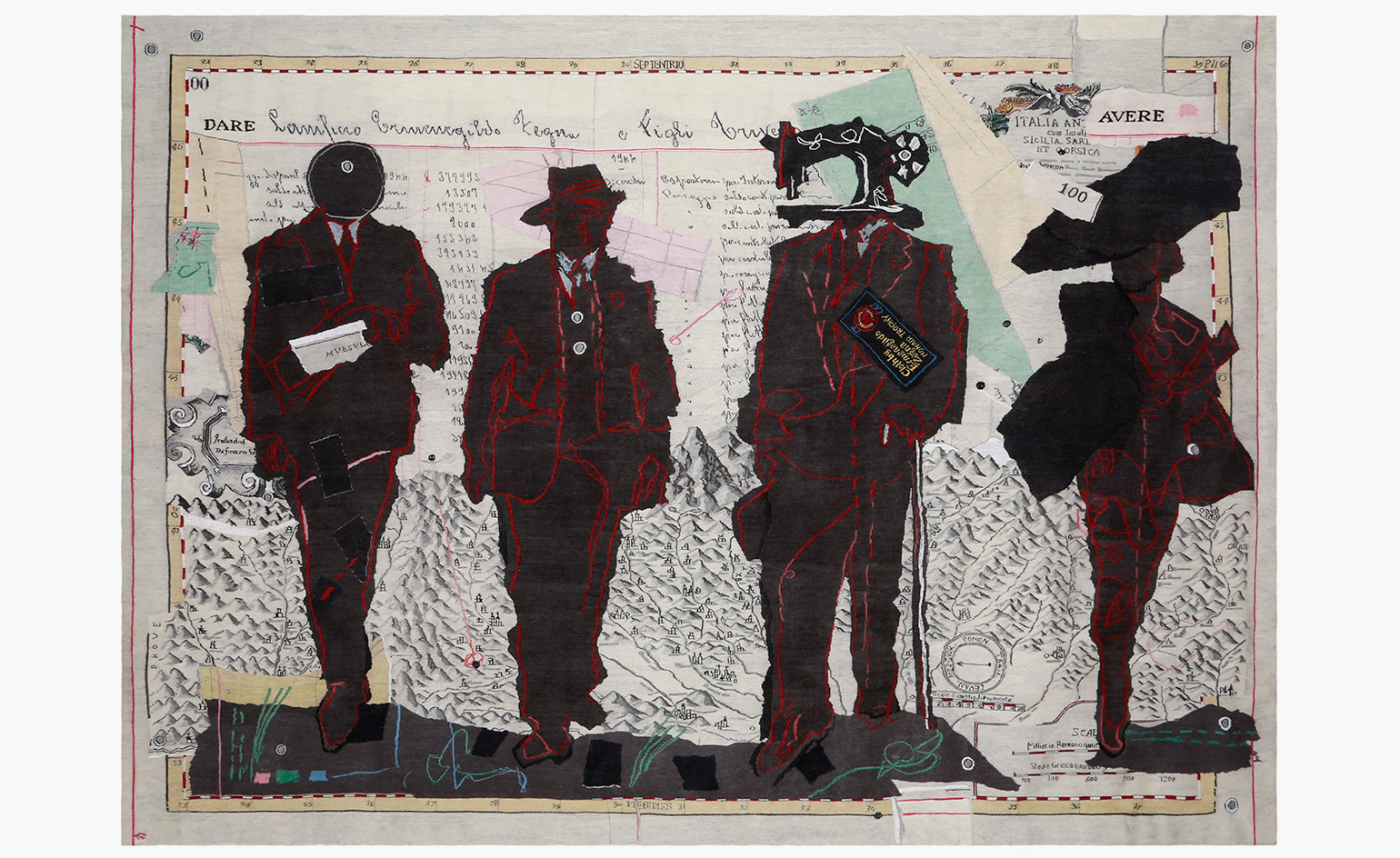 On the map: artist William Kentridge’s tapestry for Ermenegildo Zegna’s London store
On the map: artist William Kentridge’s tapestry for Ermenegildo Zegna’s London store